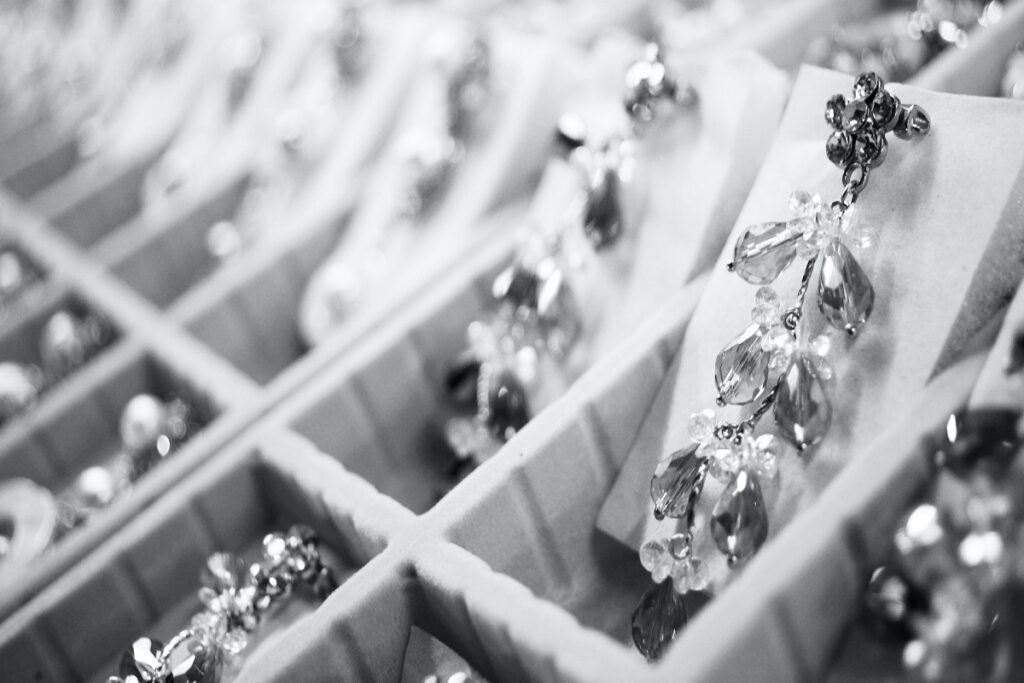In recent times, it seems that investing in jewelry may not be the first thing on everyone’s minds. This seems to be the trend in the industry despite reports foreseeing a possible rise in the overall market value and size of jewelry. For instance, the latest figures for the jewelry market size is pegged at a whopping $266.53 billion come 2027.
Many experts examine the factors that may influence this trend. Some have started to see the benefit of globalization as one of the reasons for the change. Want to know if investing is the right step for you this year? Here are some of the fast but hard figures.
The Changing Landscape: What Changes?
Even in a long-standing and traditional industry like jewelry, change still happens. Recently, this came about in bigger strides. Recently, lab-grown diamonds have become quite the rage as more brands and players in the market find their own niche in the sustainable movement. The likes of Pandora, a hip and fresh brand, made the shift to an entirely sustainable platform for its diamonds and precious metals department.
Some changes may not be as significantly industry-altering like changing sources of materials. For example, Mignon Faget recently did a rebranding to show its position in the industry as more than just a traditional player. These changes hint at what’s to come and who are those that are ushering in a new age for more growth.
According to reports, fast growth may have happened because of the change in spending habits and practices. Even when the pandemic slowed the mobility for some individuals and nations, it did not necessarily stop buyers from making their purchase.
In fact, the popularity of online shopping made it far easier to access and buy fine jewelry. Not only that, the growth and interest in the market was fueled by new opportunities outside the Western territories. With a growing sector of buyers from the middle class and the inviting aspect of owning fine jewelry ethically for the younger market, there are more than enough ways for the jewelry market to expand.
Technology: A Growing Trend with Fast Adoption
Fortune Business Insights reports that technology and the continued and fast adoption makes the industry more solid and well-rounded. Technology for actually creating fine jewelry is one thing. But there’s also the other aspect where brands use technology to expand their reach in the market.
As the world becomes more connected via digital platforms, jewelry brands also get to expand their reach even more. This goes beyond mere connectivity. More advanced technology allows for the customer base to grow as the brand can now offer its jewelry line to different locations. Some may even offer attractive packages and offers, which make it even more enticing and easier to access jewelry products.
Finally, some jewelry and luxury brands also look at different ways to make technology work in expanding their line within the brand. Fine jewelry still holds the lion’s share of products for these brands. But this does not mean that they cannot expand in other utilities, such as in the aspect of health. Luxury fitness monitoring and wearable equipment is a big area of expansion. Indeed, jewelry can go beyond its decorative component, and this is a burgeoning yet fertile ground to expand.
How Big is the Jewelry Market in the US?
On a global scale, growth in this sector is undeniable. But the industry players’ performances differ depending on the territory and their access to the customer base. Some United States brands like Pandora already have their respective branches outside of the territory. Expanding their customer base by introducing ethical and sustainable lab-grown diamonds and recycled silver and gold metals allows these brands to increase the jewelry market size.
Currently, China commands the highest share in the market. The US comes in at second, followed by Japan and India, which also have their specific sectors. Since sustainability has transformed the name of the game, it’s not impossible for the millennial sector to grow alongside it.
What is the Target Market for Jewelry?
Because of the expanding designs and innovative takes on jewelry, it’s almost hard to limit the customer demographics based on the traditional facets. In fact, the changing manner in which brands make jewelry accessible can define and change consumer behavior.
GWI found in a recent survey that almost 20% of the population on the Internet on a global scale have access and tend to buy fashion and jewelry items. A good portion of this population is in their early thirties, half of which are married, with over 60% holding full-time jobs and have children.
Contrary to what people may expect, there’s a rather small gender gap between those who patronize fashion and jewelry. Around 56% of them account for women, whereas men get the remainder of the demographics.
Since income can be very telling when it comes to whether or not they will purchase luxury items like jewelry, this segment does not disappoint. Those in the upper tier comprise 14% of the specified population. On the other hand, almost 30% of this segment belongs to the top 25% income bracket.
When asking, “Who buys the most jewelry?” a good half of this buyer population falls in the mid-tier income. This suggests that, even though jewelry has often been associated with luxury goods, there’s still room to buy.

